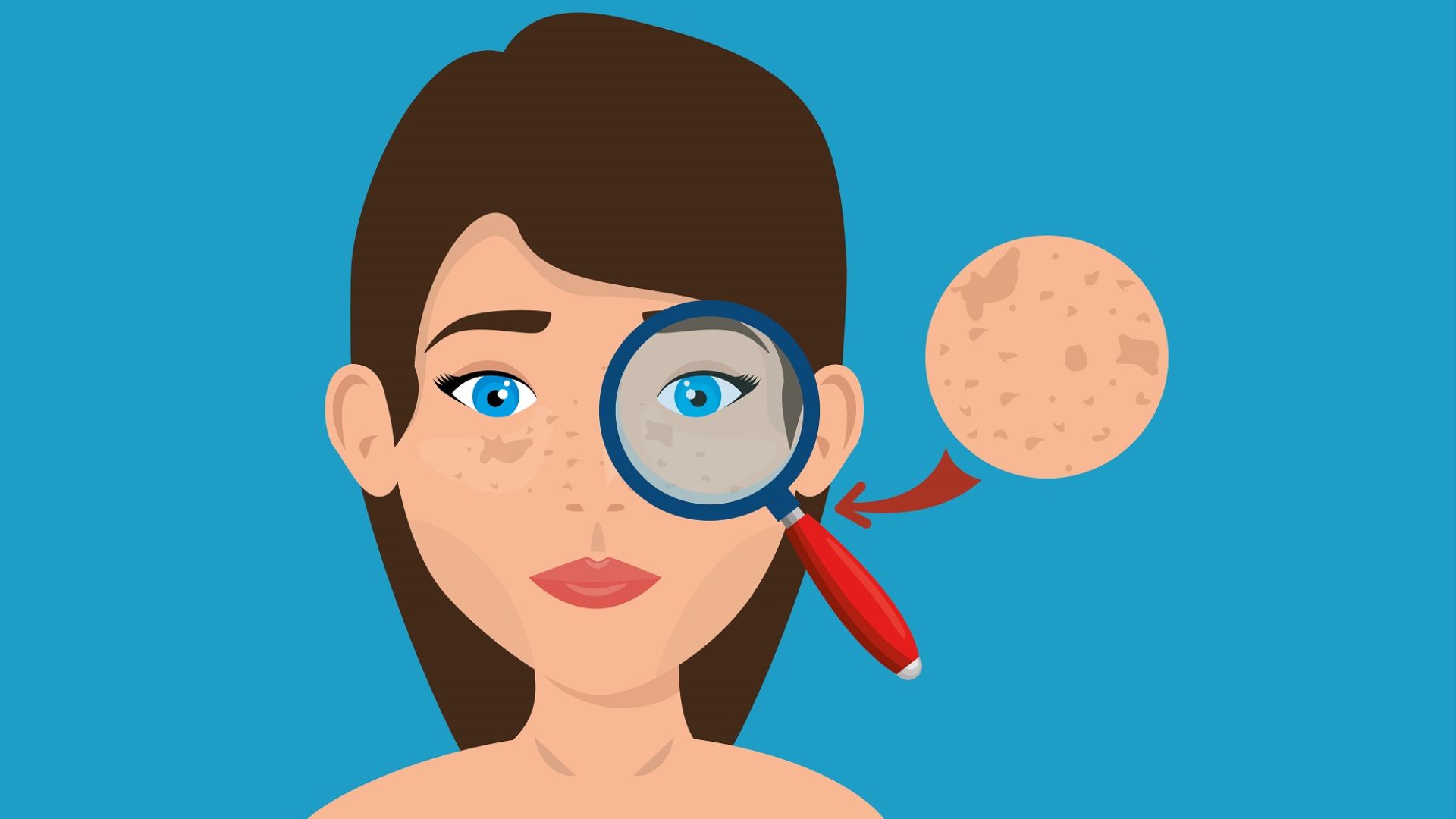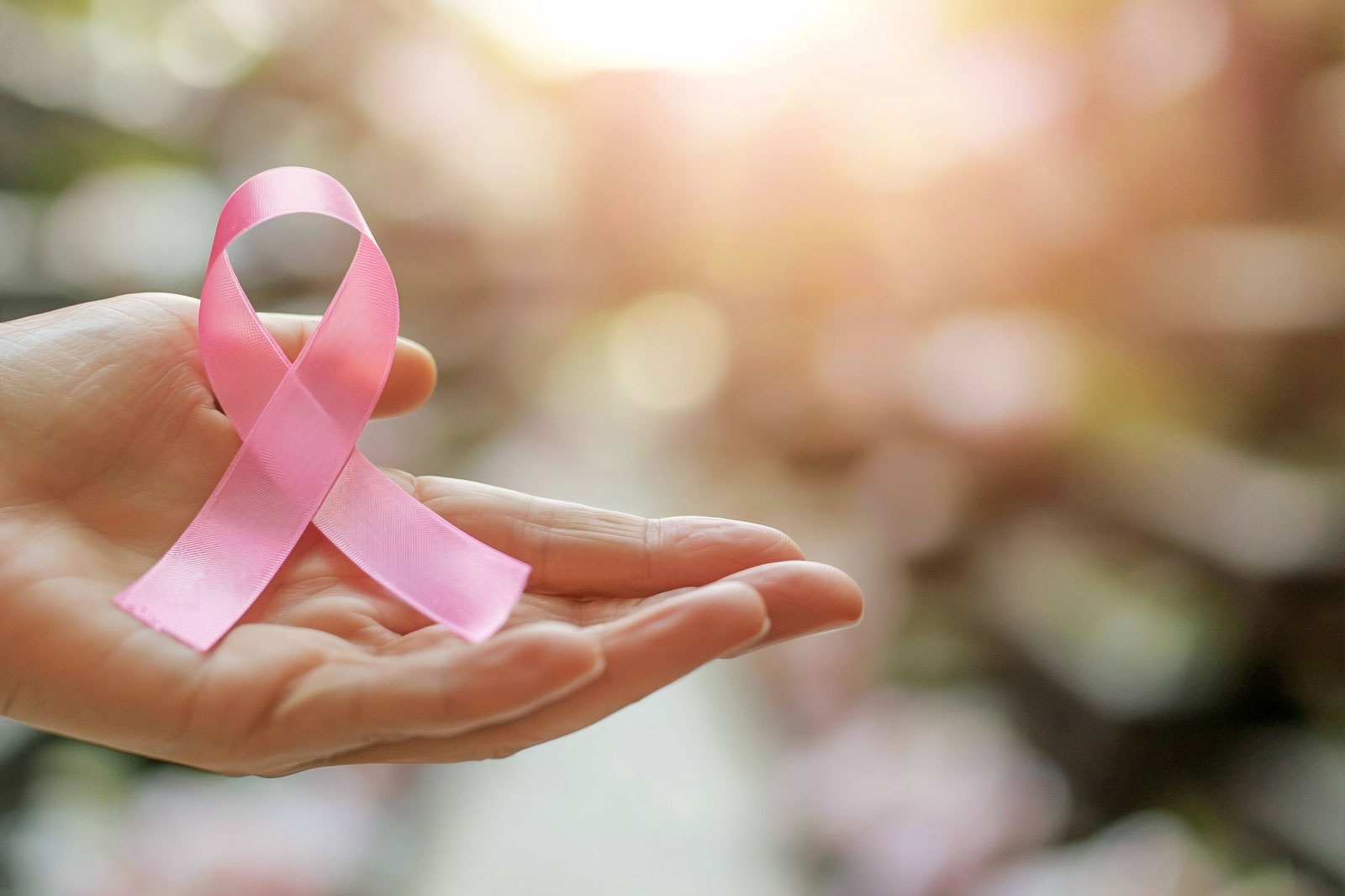

How to Identify Basal Cell Carcinoma Early and Prevent Complications
Basal cell carcinoma is one of the most common types of skin cancer. Other types include squamous cell carcinoma and melanoma (a serious type of skin cancer). It begins in the skin cells called basal cells. The basal cells are responsible for making new skin cells as old ones die off.
BCC appears as a slightly transparent bump on the skin, but it is not always the same sign or symptom. It can also appear as a pink or red patch, a scaly spot or a non-healing sore. If diagnosed early, treatment can be started at the initial stage, and the survival rates will be higher.
How To Identify Basal Cell Carcinoma Early?
If you are fond of the sun or tanning beds, then you need to stop this because UV radiation exposure is one of the main reasons behind getting skin cancer. You need to take special care of your head and neck. Although less often, BCC can develop on parts of the body usually protected from the sun, such as the genitals.
BCC appears as a change in the skin, such as a growth or a sore that won’t heal. Skin changes (lesions) often have one of the following characteristics:
- A shiny, skin-coloured bump that is translucent.
- The bup can be pearly white or pink on white skin.
- On dark shade skin, the bump often looks brown or glossy black.
- A brown, black or blue lesion.
- A lesion with dark spots with a slightly raised translucent border.
- A lesion without a clearly defined border often has in white, waxy, scarlike appearance.
Basal Cell Carcinoma: How To Prevent Complications
Risk factors of basal cell carcinoma include sun exposure, fair skin, personal history of skin cancer, age and weakened immune system. Here is how you can prevent complications:
| Sun Protection | Stay in the shade whenever possible, especially at peak sun hours. Cover your skin with long-sleeved shirts and pants, dark, tightly woven fabrics, a broad-brimmed hat, and sunglasses that block UVA and UVB rays. Apply a broad-spectrum sunscreen with an SPF of 30 or higher to all exposed skin, even on cloudy days. Reapply every two hours, or more often if you are sweating or swimming. Tanning beds, like the sun, emit harmful UV radiation that significantly increases your risk of skin cancer. |
| Regular Skin Checks | Self-examination is recommended at least once a month by the experts. It allows you to check and mark the changes your skin is experiencing. Examine your skin often for any new or changing spots, moles, or bumps. Use mirrors to check areas you can’t see, such as your back and scalp. You can ask for help to get a clear view of sights you can’t see. See a dermatologist or healthcare provider for regular skin examinations to monitor for any signs of skin cancer. These regular checkups allow early BCC Treatment. |
| Other Considerations | Chronic exposure to arsenic, found in some pesticides and contaminated water, can also increase the risk of BCC. Discuss with your skin specialist whether a vitamin D supplement is appropriate, as limiting sun exposure to prevent BCC can affect vitamin D levels. For some individuals, oral nicotinamide (vitamin B3) may reduce the number and severity of BCCs. |
FAQs: Skin Cancer Prevention and Treatment
Q1. What is the most effective treatment for BCC?
The most effective treatment for Basal Cell Carcinoma (BCC) is typically Mohs micrographic surgery, which offers high cure rates and allows for precise tissue removal with minimal healthy tissue loss. Other surgical options, like simple excision, are also highly effective.
Q2. When to consult a skin cancer specialist for BCC?
For Basal Cell Carcinoma (BCC), if you find any suspicious skin growths, such as a shiny or pearly bump, a non-healing sore, a flat scaly patch, or a scar-like area, consult a specialist.
Q3. How to conduct skin checkups at home?
Remove all clothing, use a full-length mirror and a hand mirror to examine your entire body from head to toe, including the scalp, face, back, underarms, hands, genital area, and between toes and fingers.
Q4. What are the initial stage symptoms of skin cancer?
A new or changing mole with characteristics like asymmetry, uneven borders, colour changes, or a diameter larger than 6mm, as well as a non-healing sore, rough or scaly patches, shiny bumps, or a growth that bleeds, crusts, or itches.
Q5. Who can treat basal cell carcinoma?
Dermatologists and oncologists are the primary specialists who treat basal cell carcinoma (BCC).
Final Thoughts
At SCCQ, skin specialists conduct thorough examinations to detect any suspicious growth or skin changes that can be a sign of skin cancer. You can get expert guidance on how to check at home, and also how often to check.
Basal cell carcinoma treatment is effective if diagnosed at an early stage. You need to get an expert check to get completely satisfactory results. Avoid sun, tanning beds, and wear full-length clothes to protect the skin.
References

